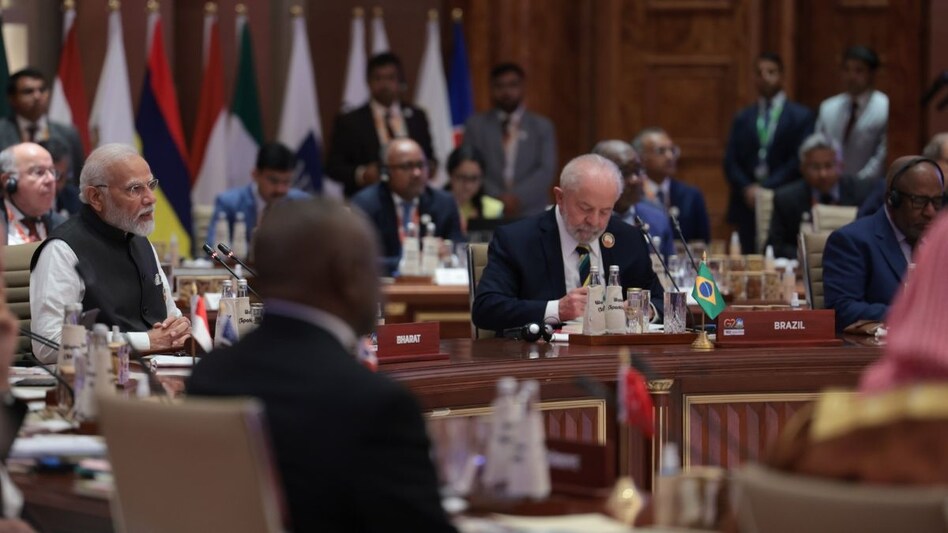 SDG financing gap for developing countries is estimated at $4.2 trillion
SDG financing gap for developing countries is estimated at $4.2 trillion SDG financing gap for developing countries is estimated at $4.2 trillion
SDG financing gap for developing countries is estimated at $4.2 trillionThe 17 Sustainable Development Goals (SDGs) adopted by United Nations member states in 2015 were aimed to address a wide range of social, economic, and environmental challenges by 2030. However, the lack of finance has been a key challenge hindering progress towards achieving SDGs. The annual SDG financing gap for developing countries is estimated at $4.2 trillion — up from $2.5 trillion pre-pandemic. Acknowledging this challenge, India has sought for new instruments for financing sustainable development goals.
India’s Sherpa Amitabh Kant, while addressing the pre G20-summit press conference here acknowledged that “we are way behind on SDG goals like improving the education, health and nutrition standards. Climate actions also require finance for the Global South.” For instance, for climate action alone, $100 billion annually is needed in developing countries.
There is an increased recognition that addressing SDG-related financing gaps would require significant improvements in mobilizing domestic resources, accessing innovative private finance, and leveraging international development cooperation. The resource mobilization landscape is more challenging for some countries due to the current international financial architecture, their underdeveloped national financial systems, changing priorities of traditional providers, the appearance of new actors, and the use of new financial instruments – all adding to the complexity of SDG financing.
“The rise of green, climate or SDG financing investment instruments can be located within the growing interest globally in measuring and reporting the impact of investments on the SDGs. Further, India is the first country in the world to make corporate social responsibility (CSR) mandatory, which has opened new avenues of financing to impact the SDGs. In FY 2022, over Rs 25,000 crore was spent under the CSR Act,” added Kathel.